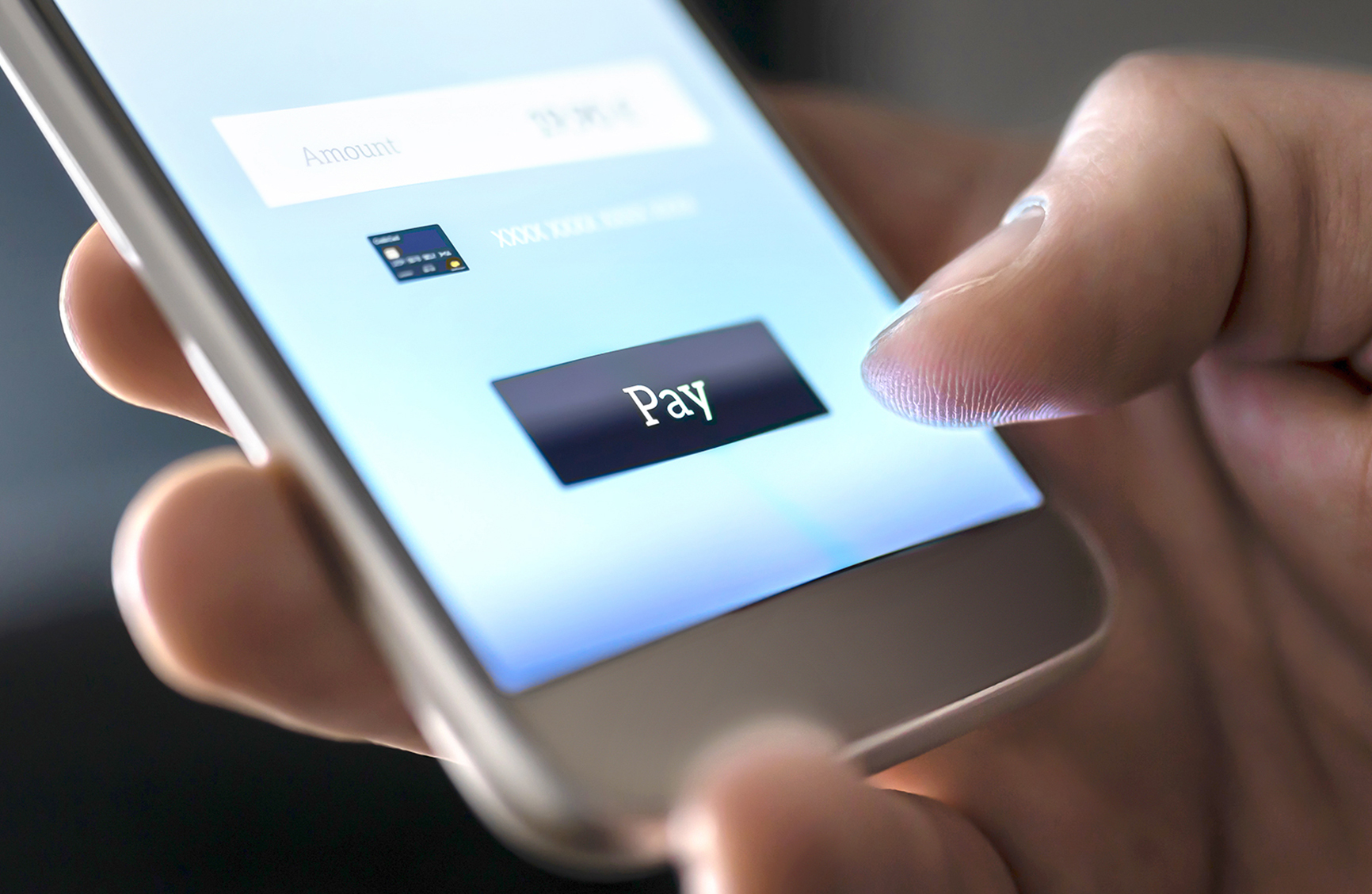Introduction to Online Payment Processing
Online payment processing has become a cornerstone of modern business. It allows businesses to accept payments through their websites or apps, breaking geographical boundaries and opening the door to a global customer base. Whether you’re running an online store, a subscription service, or a mobile app, the ability to securely and efficiently process payments is essential to your success.
Online payments are made possible by payment gateways and payment processors. They are two key components that work together to authorize transactions, transfer funds, and safeguard sensitive payment data. Understanding how these function is important for ensuring smooth and secure online transactions.
A well-integrated online payment processing system can significantly enhance the customer experience. It minimizes friction at checkout, helps reduce cart abandonment, and boosts conversion rates by offering fast, flexible, and reliable payment options. From credit and debit cards to digital wallets, today’s consumers expect variety and meeting those expectations can be a major competitive advantage.
Beyond convenience, secure payment processing builds trust. Implementing strong security measures protects customer data, helps prevent fraud, and shows your commitment to safeguarding personal and financial information.

Choosing a Payment Service Provider
Selecting the right payment service provider is one of the most important decisions a business can make when setting up online payments. The provider you choose plays a critical role in how easily and securely your customers can complete transactions, and how efficiently you can manage your cash flow.
When evaluating potential providers, it’s important to look beyond brand recognition. Key factors to consider include transaction fees, ease of integration, accepted payment methods, funding settlement times, and the quality of customer support. Your provider should offer strong security protocols, including encryption and PCI compliance, to help protect sensitive customer information and ensure secure transactions.
User experience is another critical component. A provider that offers customizable, mobile-friendly payment pages and embedded payment buttons can streamline the checkout process, reduce drop-off rates, and boost conversions. The more seamless the payment experience, the more likely customers are to complete their purchases.
Finally, ensure your provider supports a variety of payment methods—including credit and debit cards, ACH transfers, and digital wallets. Offering flexible options increases customer satisfaction and expands your ability to serve a wider audience.
Setting Up Online Payment Processing
Getting started with online payment processing involves more than simply adding a “Buy Now” button to your website. It requires setting up a secure and reliable infrastructure that connects your business, your customers, and the financial institutions handling the transactions.
At the core of this setup is the integration between a payment gateway, a merchant account, and a business bank account. The payment gateway acts as the secure middleman that captures customer payment information and routes it for authorization. The merchant account temporarily holds the funds from online transactions before they’re transferred to your business bank account.
Businesses can choose between creating a traditional merchant account through a bank or opting for an all-in-one provider, which combines gateway and merchant services into one streamlined solution. This choice often depends on the complexity of your needs and the volume of transactions your business expects to process.
Once the accounts are in place, you’ll need to configure how your customers will interact with your payment system. This includes setting up branded online payment forms, clickable payment links for invoices or checkout pages, and integrated payment buttons for one-time or recurring purchases. These elements should be designed for simplicity and ease of use across both desktop and mobile platforms.
Security is non-negotiable in any payment processing system. To ensure safe transactions, businesses must comply with PCI DSS (Payment Card Industry Data Security Standards) and implement protective measures like encryption, tokenization, and fraud detection tools. These precautions help guard against unauthorized transactions and protect sensitive customer data.
By laying a solid foundation with the right setup and security protocols, businesses can offer a smooth, trustworthy payment experience that drives conversions and keeps customers coming back.
Payment Methods and Security
Offering a variety of payment methods isn’t just convenience; it’s a competitive advantage. Consumers expect flexibility at checkout, and businesses that support a wide range of payment options are more likely to meet those expectations and convert into more sales. By accepting credit cards, debit cards, and digital wallets, you make it easier for customers to pay the way they prefer.
However, variety alone isn’t enough. Security must be at the core of your payment strategy. With cyber threats on the rise, businesses must take proactive steps to ensure every transaction is safe. Solid security measures such as SSL (Secure Socket Layer) certificates, end-to-end encryption, and tokenization protect customer data during transmission and storage.
Digital wallets offer an extra layer of security by using tokenization and biometric authentication, such as fingerprint or facial recognition, to verify transactions. These built-in safeguards reduce the risk of fraud and make mobile payments both convenient and highly secure.
Choosing a payment solution that includes advanced fraud detection tools, secure authentication processes, and regular compliance updates can help protect your business and your customers. In the end, a secure, user-friendly checkout experience builds trust, minimizes chargebacks, and strengthens your brand’s reputation.
Understanding Payment Processing Fees
While online payment processing creates growth opportunities, it’s important for businesses to understand the costs that come with it. Payment processing fees can significantly impact your bottom line, so gaining clarity on how they work is essential for effective planning.
Beyond standard transaction fees, businesses may also encounter hidden fees such as setup charges, monthly service fees, or chargeback fees. It’s crucial to read the fine print and ask providers for a complete breakdown of their fee structure to avoid surprises.
For businesses using physical equipment in addition to online payments, the cost of point-of-sale (POS) hardware or card readers can also factor in. And if your provider imposes transaction volume limits or minimum processing requirements, that could affect operations as your business grows.
Choosing a provider with transparent pricing and optional custom plans can help optimize your costs. Taking time to evaluate how fees affect profitability—especially at scale—empowers you to make informed decisions that align with your goals and maximize your margins.
Managing Online Payments
Once your online payment system is up and running, effective management becomes key to maintaining a smooth operation and positive customer experience. Managing online payments goes far beyond simply accepting transactions; it involves overseeing every part of the payment lifecycle to ensure accuracy, security, and efficiency.
This starts with monitoring real-time transactions and tracking payment history. Most payment providers offer detailed dashboards and reporting tools that allow you to view payment statuses, reconcile deposits, and identify trends. These insights can be critical for cash flow management, forecasting, and identifying potential issues before they escalate.
Security remains a top priority throughout the management process. It’s important to maintain fraud prevention protocols and ensure all transactions meet PCI compliance standards. Many providers include built-in fraud detection tools and customizable alerts to flag suspicious activity, helping you respond quickly and protect both your business and your customers.
Equally important is providing strong customer support. Managing payments includes handling refunds, resolving disputes, and ensuring that customers receive timely communication about their transactions. A responsive support system builds trust and can prevent chargebacks or negative reviews.
Finally, managing online payments means staying aligned with evolving compliance regulations and using tools that integrate seamlessly with your other business systems such as your CRM and accounting software.
Best Practices for Accepting Online Payments
- Prioritize Security Strong security is the foundation of any successful online payment system. Make sure your platform uses encryption, tokenization, and SSL certificates to protect sensitive information during transactions. Ensuring PCI DSS compliance demonstrates that your business follows industry standards for securely handling cardholder data. Additionally, fraud detection tools can help you catch and stop suspicious activity before it becomes a serious issue.
- Offer Multiple Payment Methods
Giving customers more ways to pay increases the chances they’ll complete their purchase. In addition to credit and debit cards, you should also include acceptance of digital wallets. You may also want to explore offering alternative methods such as ACH transfers or buy now, pay later options. The more flexibility you offer, the more accessible your checkout becomes to a broader customer base. - Create a Seamless Checkout Experience
The checkout process should be as fast and intuitive as possible. Use well-designed, mobile-optimized payment forms and clearly labeled buttons to help customers navigate easily. Reducing unnecessary steps or fields during checkout minimizes friction and lowers the risk of cart abandonment, especially on mobile devices. - Be Transparent with Customers
Clear communication helps reduce confusion and builds customer trust. Display your pricing, return policies, and terms of service prominently throughout the purchase journey. When customers understand exactly what to expect, they’re less likely to dispute charges or request refunds later on. - Choose the Right Provider
Your payments provider should offer more than just transaction processing. Look for a platform that’s easy to use, offers customization options to match your brand, and integrates seamlessly with your existing tools such as your eCommerce platform, CRM, or accounting software. The right provider should also offer responsive support and continuous updates to keep your system running smoothly. - Monitor and Review Regularly
Payment processing isn’t a set-it-and-forget-it task. Use reporting tools and analytics to track transactions, cash flow, and customer behavior. This data can help you make informed decisions and quickly address issues. Stay on top of new security protocols and changes in compliance regulations to ensure your system remains secure and effective.
Scaling Online Payment Processing
As your business grows, so do your payment processing needs. What works for a startup or small eCommerce shop may not be sufficient for a company experiencing rapid growth or expanding into new markets. Which is why it’s so important to plan for scalability from the start and choose a payment solution that can evolve alongside your business.
Scalable payment providers can adapt to increasing transaction volumes, new payment methods, and multiple sales channels. These platforms often provide APIs, automation tools, and modular features that make it easier to expand without disrupting day-to-day operations.
In addition to flexibility, security becomes even more critical as your business handles more data and transactions. As transaction volume increases, so does the potential risk. Implementing advanced fraud protection tools, secure authentication methods, and real-time risk analysis helps safeguard both your customers and your bottom line.
Another key factor in scaling is seamless integration. Your payment system should work smoothly with your existing tools, including inventory management, CRM, accounting platforms, and eCommerce infrastructure. A fully integrated ecosystem reduces manual tasks, minimizes errors, and improves the overall efficiency of your operations.
Choosing a payment solution that is both secure and scalable sets your business up for sustainable growth by empowering you to serve more customers, enter new markets, and stay competitive as you expand.
Wrapping Up
Online payment processing is more than just a back-end necessity; it’s a critical driver of customer satisfaction, operational efficiency, and business growth. From selecting the right provider and setting up a secure infrastructure to offering flexible payment methods and managing transactions effectively, every step you take toward optimizing your payment system can have a lasting impact on your bottom line.
By following best practices, staying compliant with evolving regulations, and investing in scalable, secure technology, your business will be well-positioned to meet customer expectations and compete in the digital marketplace. Whether you’re just starting out or looking to refine your existing setup, mastering online payment processing ensures your business is ready to grow safely, smoothly, and successfully.
Clearent is Your Online Payment Processing Partner

by Clearent by Xplor
-
First published: May 29 2025
Written by: Clearent by Xplor
